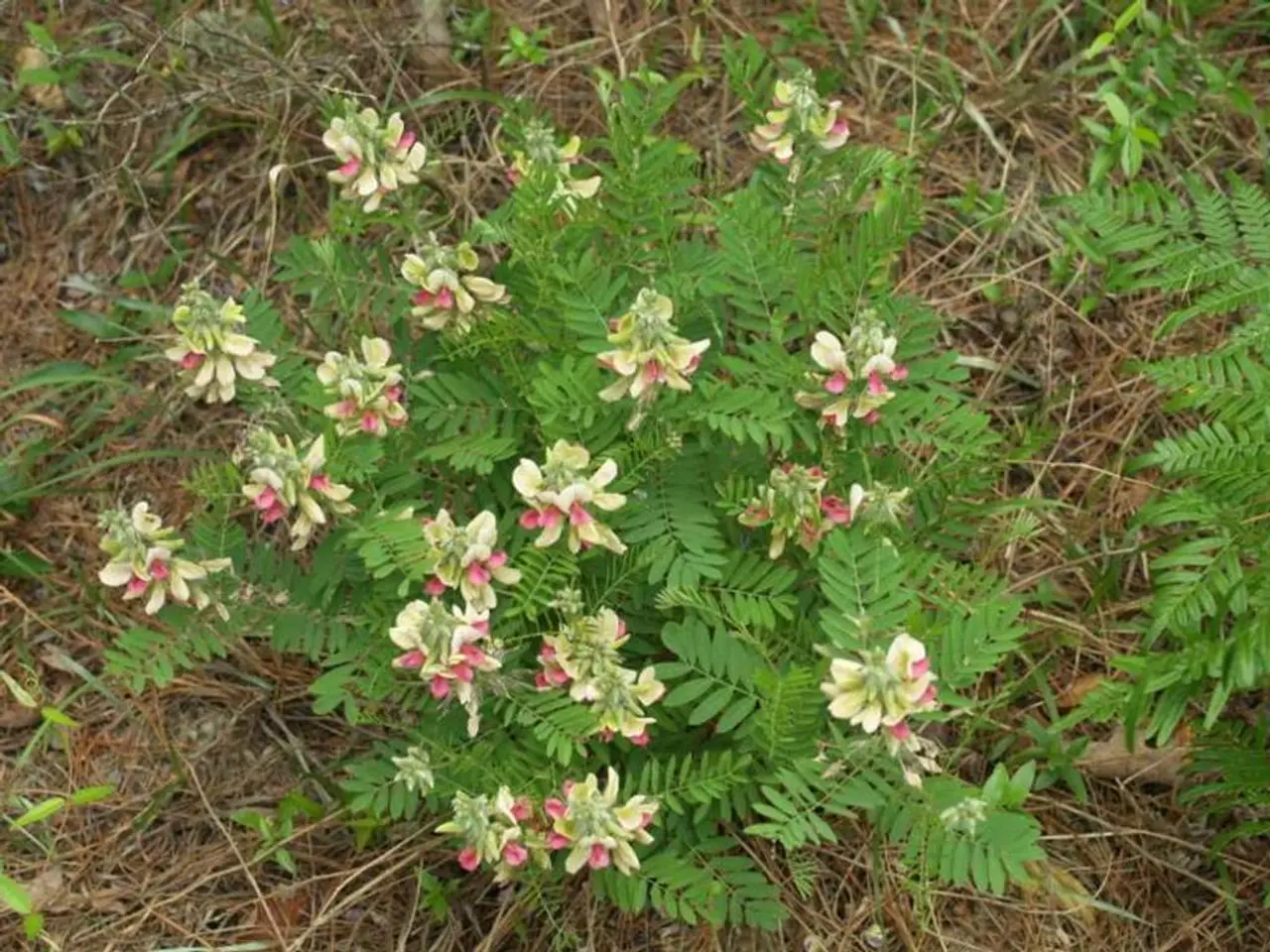Moveng Greenery: Shifting Plants from Sphagnum Moss to Earth Soil
In the world of horticulture, moving a plant from sphagnum moss to soil can be a delicate process. To ensure a smooth transition and minimise root damage or shock, follow these key steps.
- Prepare a suitable soil mix: A well-draining, airy soil mix is essential to prevent waterlogging. A mix of two parts potting soil to one part hard akadama or coarse components like orchid bark replicates the loose, airy structure of moss and reduces root stress.
- Soak and moisten sphagnum moss before removal: Lightly soak the moss for about 10-15 minutes to soften it, making root extraction easier without causing damage.
- Gently remove moss and untangle roots carefully: After soaking, handle roots gently to avoid breakage, and carefully loosen the moss to expose roots without causing harm.
- Place plant in the new soil gradually: Start by adding a small layer of prepared soil in the new pot, position the root ball carefully inside, and then gradually add soil around the roots, gently tucking them in to avoid air pockets.
- Maintain moisture but avoid overwatering initially: Keep the soil moist but not waterlogged to help roots adapt and prevent stress from sudden changes in moisture availability.
- Optional step: If transitioning to a different medium like LECA, gradually reduce moss volume while introducing the new medium to prevent shock.
By moistening the moss first, using an airy soil mixture, gently untangling roots, repotting carefully, and maintaining balanced moisture, you can ensure a smooth transition from sphagnum moss to soil without root damage or shock.
Other tips for a successful transplant include:
- Checking soil moisture before transplanting to ensure it is moist but not soaking wet.
- Soaking the rootball in lukewarm water for 5 minutes to expand the moss and make it easier to remove.
- Watering the plant thoroughly immediately after transplanting to settle the soil around the roots and reduce the potential for transplant shock.
- Carefully lifting the plant out of its current pot to avoid damaging the roots.
- Trimming away any dead, black, or mushy roots with clean scissors or pruning shears to promote healthy growth.
- Inspecting the roots for any signs of damage or rot after removing the plant from the moss.
- Harden off the plant by gradually exposing it to outdoor conditions before transplanting, and keeping the soil moist during this hardening-off period.
- Choosing a warm, overcast day in the early morning for transplanting to give the plant time to settle without intense midday sun exposure.
- Selecting a pot with drainage holes to prevent waterlogged soil.
In dry seasons or climates, mulching over the soil can help reduce moisture loss. Avoiding watering from above and watering gently at soil level using a watering can is also important to prevent soil erosion.
Lastly, choosing a well-draining potting mix with ingredients like perlite, bark, coconut coir, and/or peat moss that suit the specific needs of the plant species is crucial. Keeping the soil moist for the first few days after transplanting is crucial for the plant's survival and growth.
Following these guidelines will help you successfully transition your plant from sphagnum moss to soil, ensuring a healthy and thriving plant for your garden.





